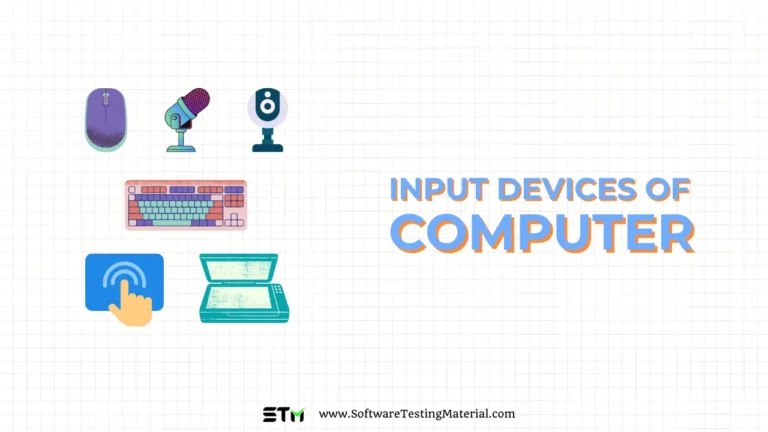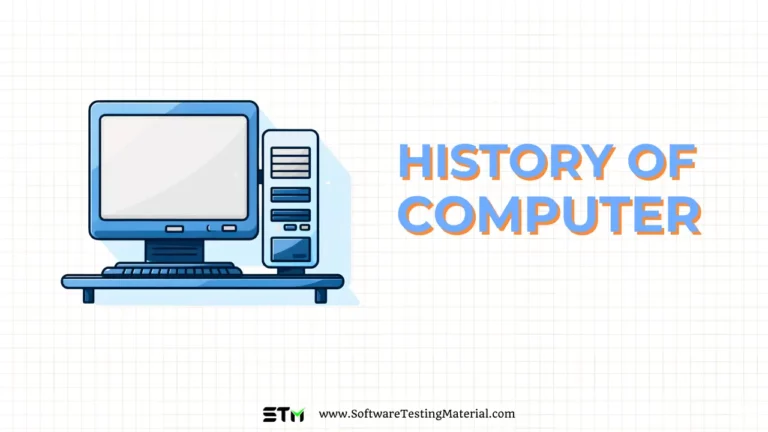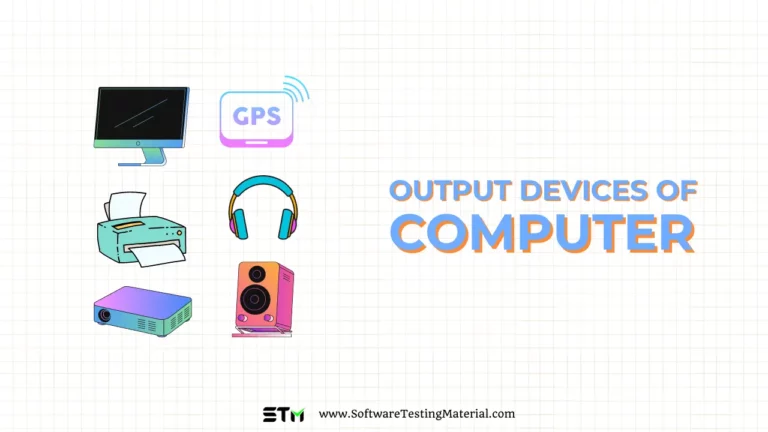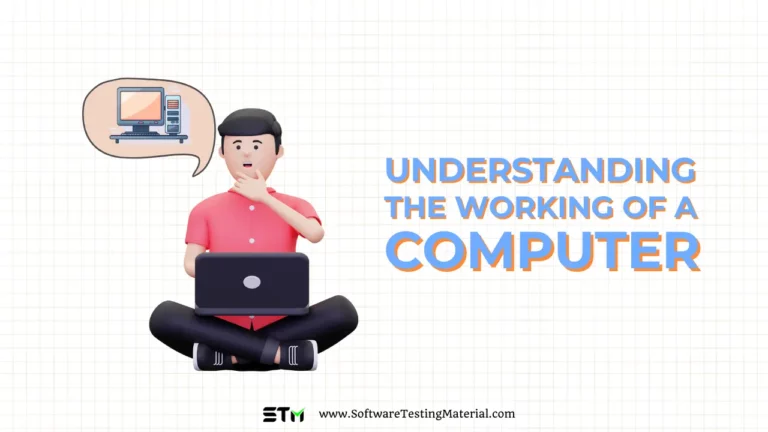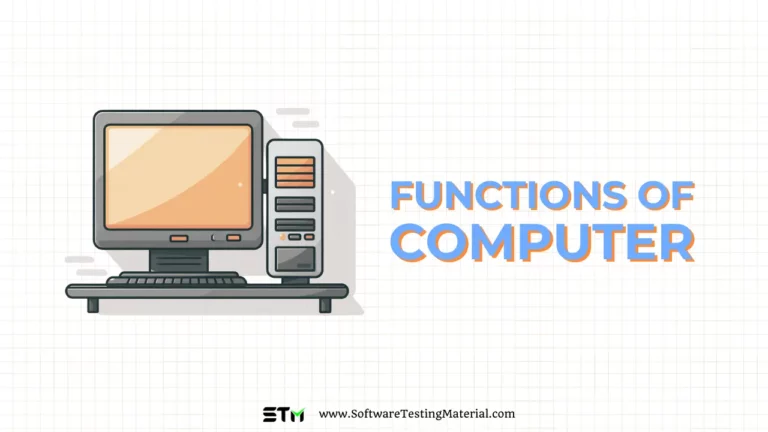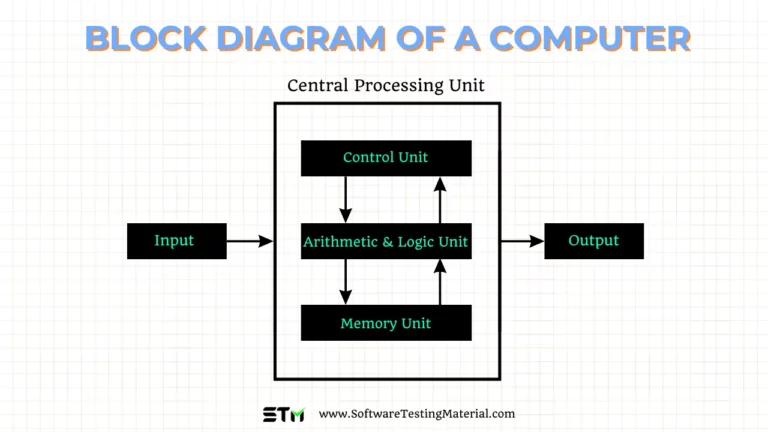Types of Computers | Based on Data Type, Purpose, Functionality
There are different types of computers designed for various tasks, making them versatile tools for many needs. Computers have become an essential part of our lives, helping us with everything from work to entertainment.
Must read: Computer Fundamentals Tutorial
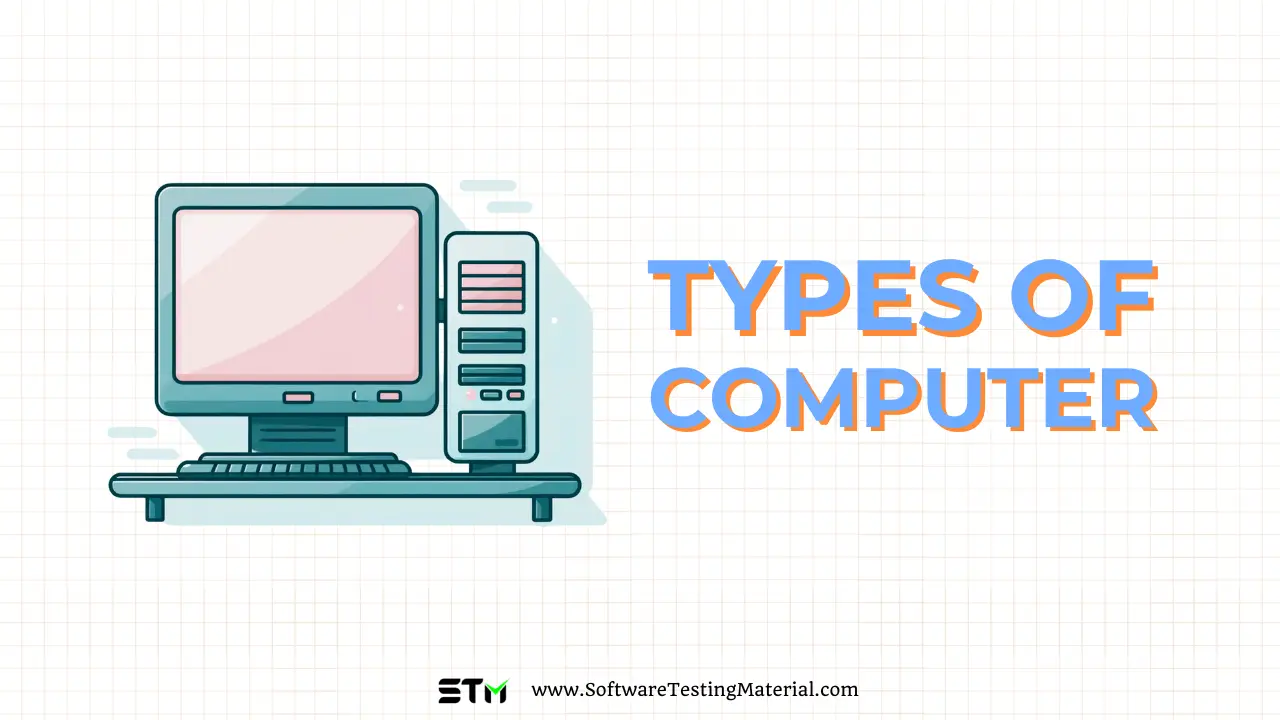
In this article, we will explore the different types of computers, understand their unique features, and learn what makes each type special. Whether you’re curious about everyday desktops, powerful servers, or compact laptops, this guide will introduce you to the diverse world of computers.
Types of Computers Based on Data Type
There are primarily three types of computers based on data type: Analog Computers, Digital Computers, and Hybrid Computers.
#1. Analog Computers
Analog computers are designed to process information that is represented in a continuous form. These computers work with physical quantities such as voltage, speed, temperature, and pressure. They are particularly useful for tasks requiring real-time computation and simulation. For instance, analog computers can be found in devices like old-school weather forecasting equipment and certain types of control systems where it’s necessary to measure and compare various physical quantities immediately.
#2. Digital Computers
Digital computers, on the other hand, deal with data in a discrete form. They process information using binary code – a system of 0s and 1s – which makes them highly accurate and reliable for a wide variety of tasks. Digital computers are what most people think of when they consider modern computing devices. Examples include personal computers, laptops, smartphones, and servers. These computers are widely used in homes, schools, and businesses for everything from document creation and web browsing to complex data analyses and running software applications.
#3. Hybrid Computers
Hybrid computers combine features of both analog and digital computers, making them versatile for specialized tasks. They are capable of processing both continuous and discrete data. This combination allows hybrid computers to benefit from the real-time processing capabilities of analog systems and the accuracy and reliability of digital systems. An example of a hybrid computer could be found in modern hospital equipment, such as patient monitoring systems, where it’s essential to continuously track a patient’s vital signs (analog) and store the data digitally for further analysis and record-keeping.
Types of Computers Based on Purpose
Computers can also be classified based on their purpose: General-Purpose Computers and Special-Purpose Computers.
#1. General-Purpose Computers
General-purpose computers are designed to perform a variety of tasks. They are versatile and can handle various applications like word processing, browsing the internet, gaming, and more. Examples include personal computers and laptops.
#2. Special-Purpose Computers
These computers are designed to perform specific tasks. They are optimized for particular functions, making them more efficient for those tasks. Examples include ATM machines, digital watches, and satellite systems.
Types of Computers Based on Functionality
Based on functionality, computers can be classified into Microcomputers, Minicomputers, Mainframe Computers, and Supercomputers.
#1. Microcomputers
Microcomputers are the most common type, widely known as personal computers (PCs). They are affordable, user-friendly, and designed for individual use. Examples include desktops, laptops, tablets, and smartphones.
#2. Minicomputers
Minicomputers are mid-sized computers that are more powerful than microcomputers but less powerful than mainframes. They can handle multiple users simultaneously. Examples include servers used in small organizations and scientific labs.
#3. Mainframe Computers
Mainframe computers are large, powerful machines used by large organizations for bulk data processing, such as census, industry statistics, and financial transaction processing. They are known for their high-speed processing and large storage capabilities.
#4. Supercomputers
Supercomputers are the fastest, most sophisticated machines used for complex computations that require immense processing power. They are used in scientific research, weather forecasting, nuclear simulations, and cryptography. Examples include IBM’s Summit and China’s Sunway TaihuLight.
#5. Workstation Computers
Workstation computers are powerful machines designed for technical or scientific applications. These computers have a higher processing power, more memory, and better graphics capabilities compared to regular desktop computers. Workstations are typically used by engineers, architects, graphic designers, and video editors for tasks that require significant computing power. They come equipped with high-performance processors, large amounts of RAM, and advanced graphics cards to handle demanding applications such as 3D modeling, video rendering, and complex simulations. Examples of workstation computers include the Dell Precision series and the HP Z series.
#6. Server Computers
Server computers are specialized machines that provide services and manage network resources for other computers. Unlike regular PCs, servers are built to handle multiple requests from different clients simultaneously and are highly reliable to ensure the smooth operation of networks. Servers come with high-capacity storage, robust processors, and large amounts of memory to manage tasks such as hosting websites, managing emails, storing data, and running applications. They are essential for businesses and organizations that need to maintain and share information efficiently. Examples of server computers include the IBM Power Systems and the HPE ProLiant series.
Conclusion
In conclusion, the type of computer you need depends largely on the work you aim to accomplish. Whether you’re performing simple daily tasks or handling massive computational jobs, there’s a type of computer individualized to your requirements.

